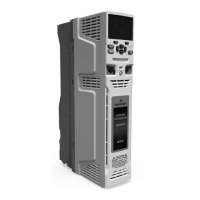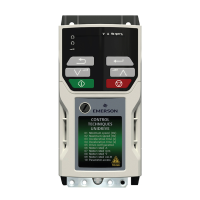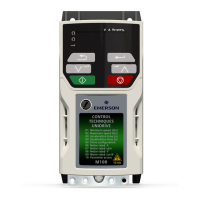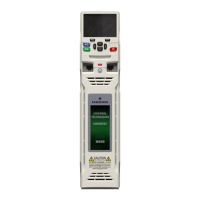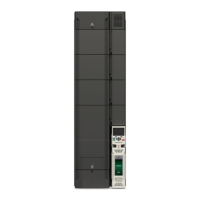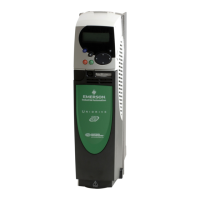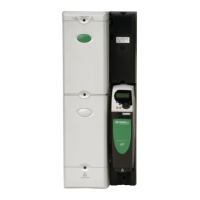SI-Ethernet User Guide 15
Issue: 1
Safety
information
Introduction
Mechanical
installation
Electrical
installation
Getting started Parameters
Key features
and Protocols
PC Applications Security Diagnostics
Glossary of
terms
Index
5 Getting started
5.1 Network design considerations
Ethernet is an open system allowing many different vendors to design and supply
equipment. When designing an industrial network you must carefully consider the
topology and data traffic on the network to avoid potential problems.
To avoid bandwidth issues it is recommended that the control network is logically
separate from any other network. Where possible a physically separate network should
be used. If this is not possible, the use of managed network devices should be
considered to prevent unnecessary traffic such as broadcasts reaching the control
network.
5.2 Addressing
The addressing system used on Ethernet uses two essential numbers for making
connection, these are the IP address and the subnet mask. The address allows a
specific device to be located and the subnet mask defines how many bits represent the
subnet part of the address and how many bits represent the node address (see section
5.6.1 The IP address on page 17). Generally devices on different subnets can only
communicate by using a gateway (typically a router or firewall).
5.3 Where do IP addresses come from?
Every address on a network must be unique. If you do not connect your network to any
other networks the assignment of IP addresses is not critical (although using a standard
system is recommended), as you have full control of the addresses used. The issue of
addressing becomes important when connecting multiple networks together or
connecting to the Internet where there is a strong possibility of duplication of addresses
if a scheme is not followed.
5.4 Addressing etiquette
The following list details some points that should be considered when selecting
addresses:
• Reserve address space: Ensure you have enough reserve address space on your
chosen addressing scheme to allow for future expansion.
• Uniqueness: Ensure your addresses are unique, every device on a subnet must
have a unique address.
• Avoid reserved addresses: For example the address 127.0.0.1 is reserved as the
loop back address.
• Broadcast and system addresses: The highest and lowest host address on a
subnet are reserved addresses.
• Use a system: Have a scheme for assigning your addresses, for example typically
servers may have a low IP address and routers a high IP address. It is not
necessary to allocate consecutive IP addresses so it is possible to reserve ranges
for specific uses such as servers, work stations or routers.
The use of un-switched hubs is not supported.
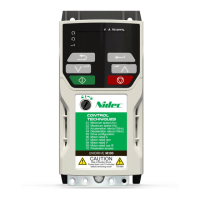
